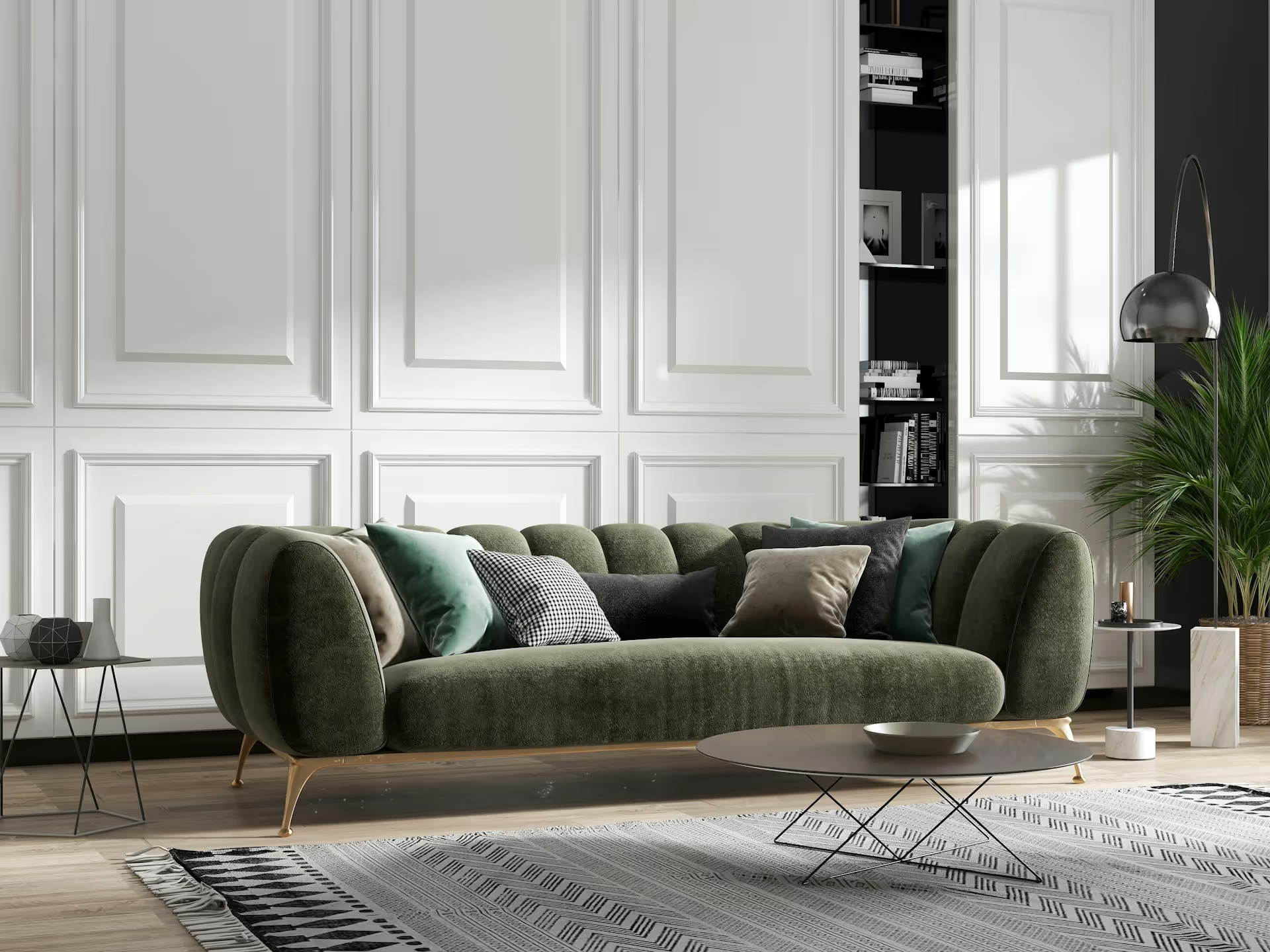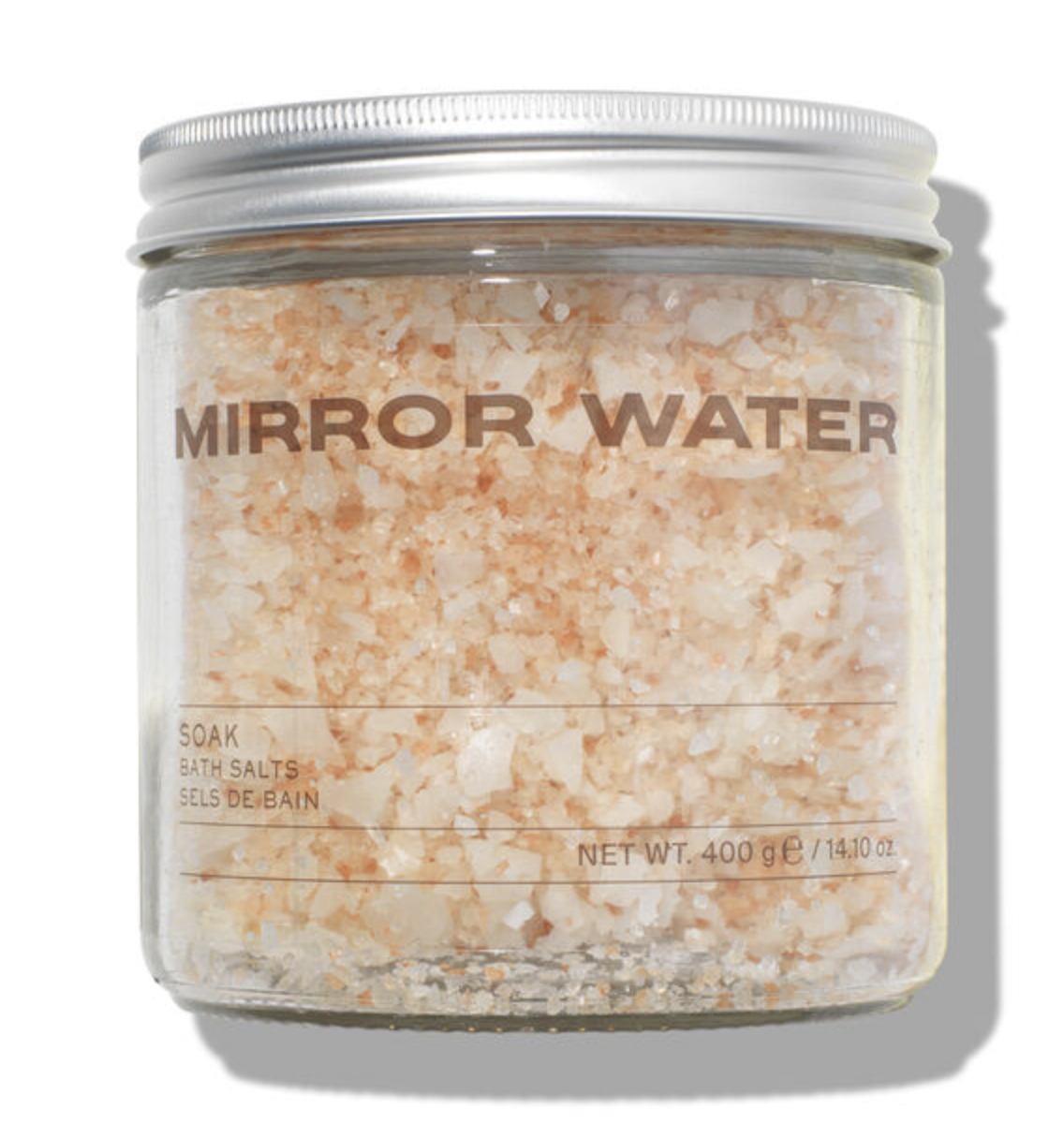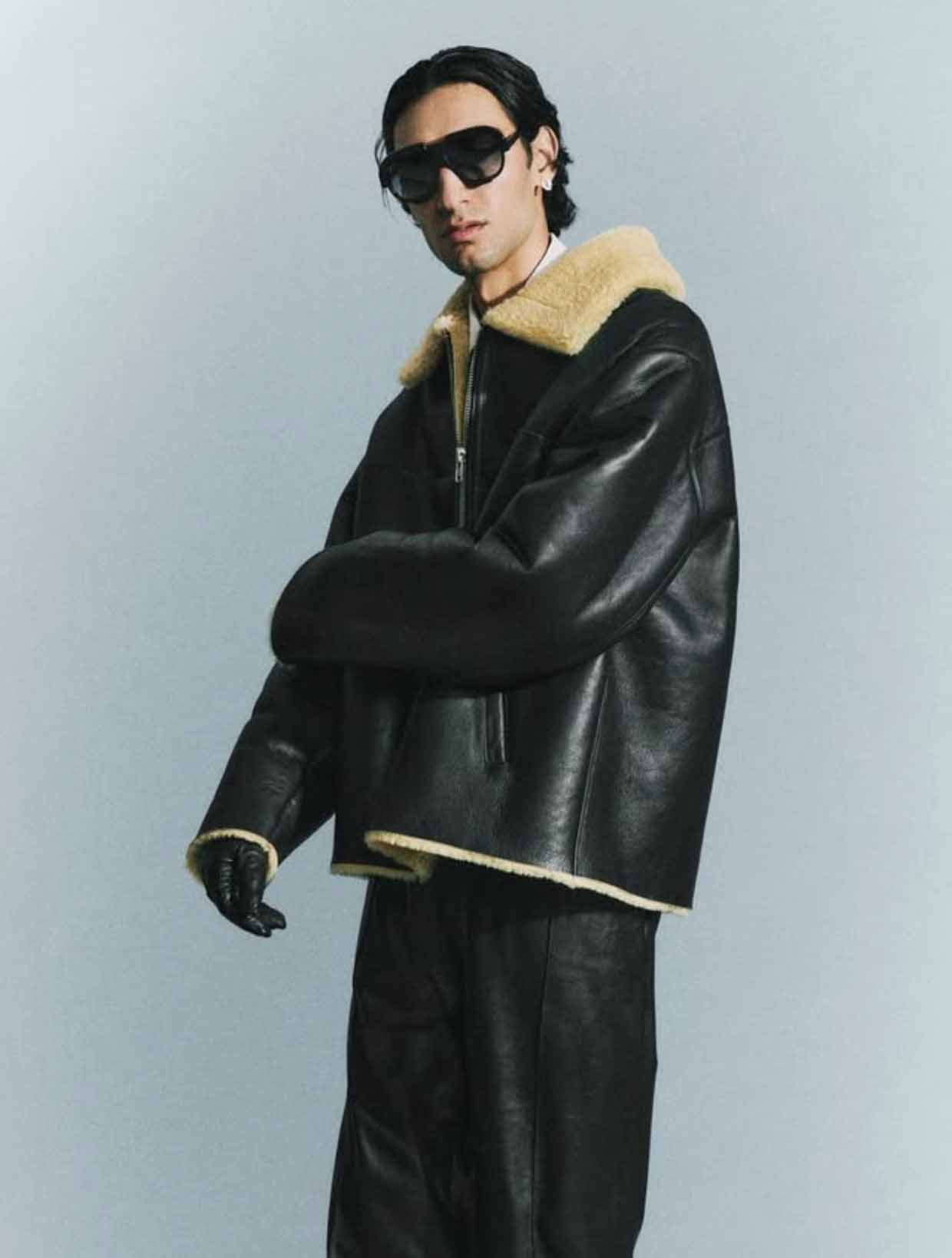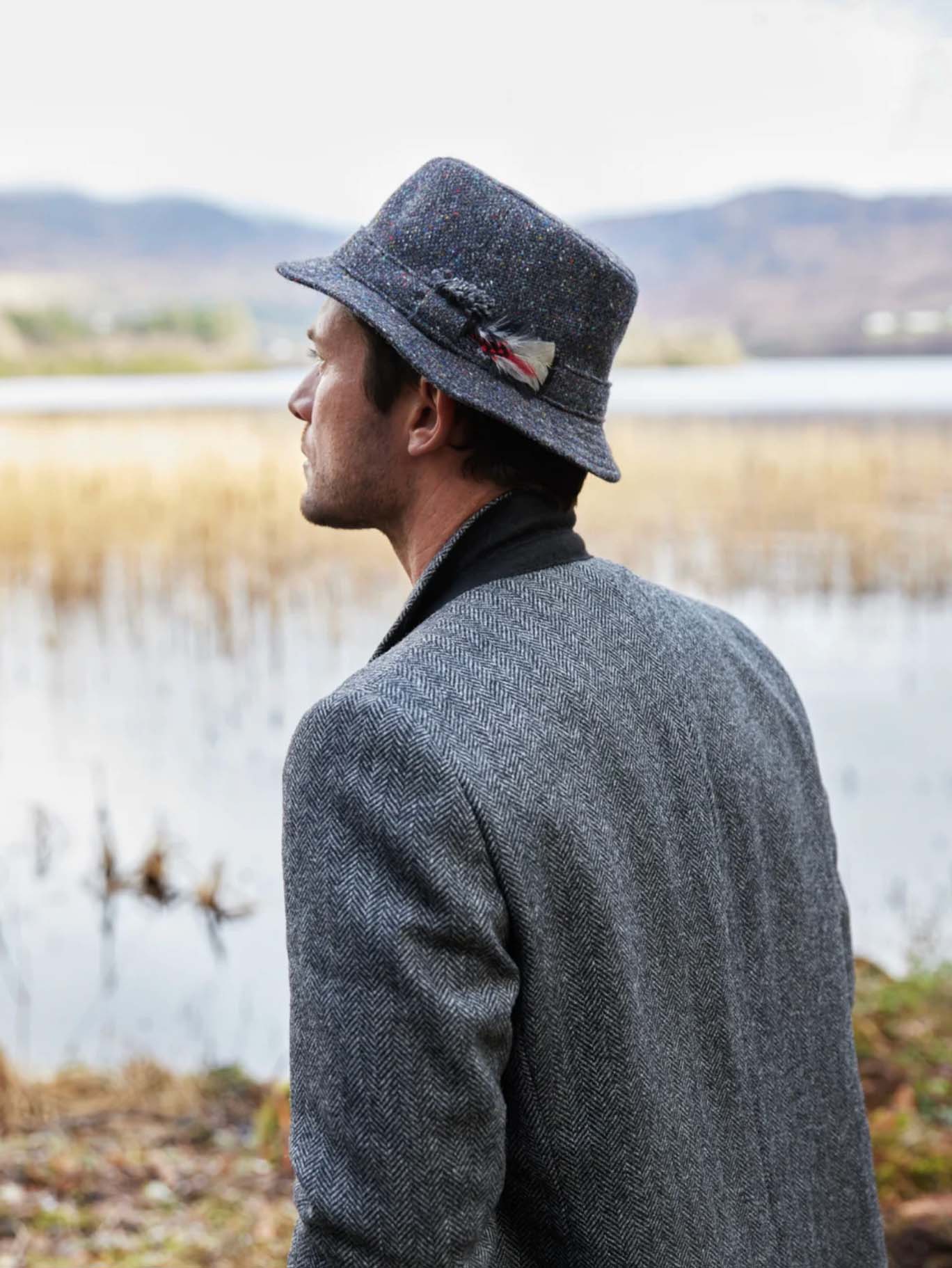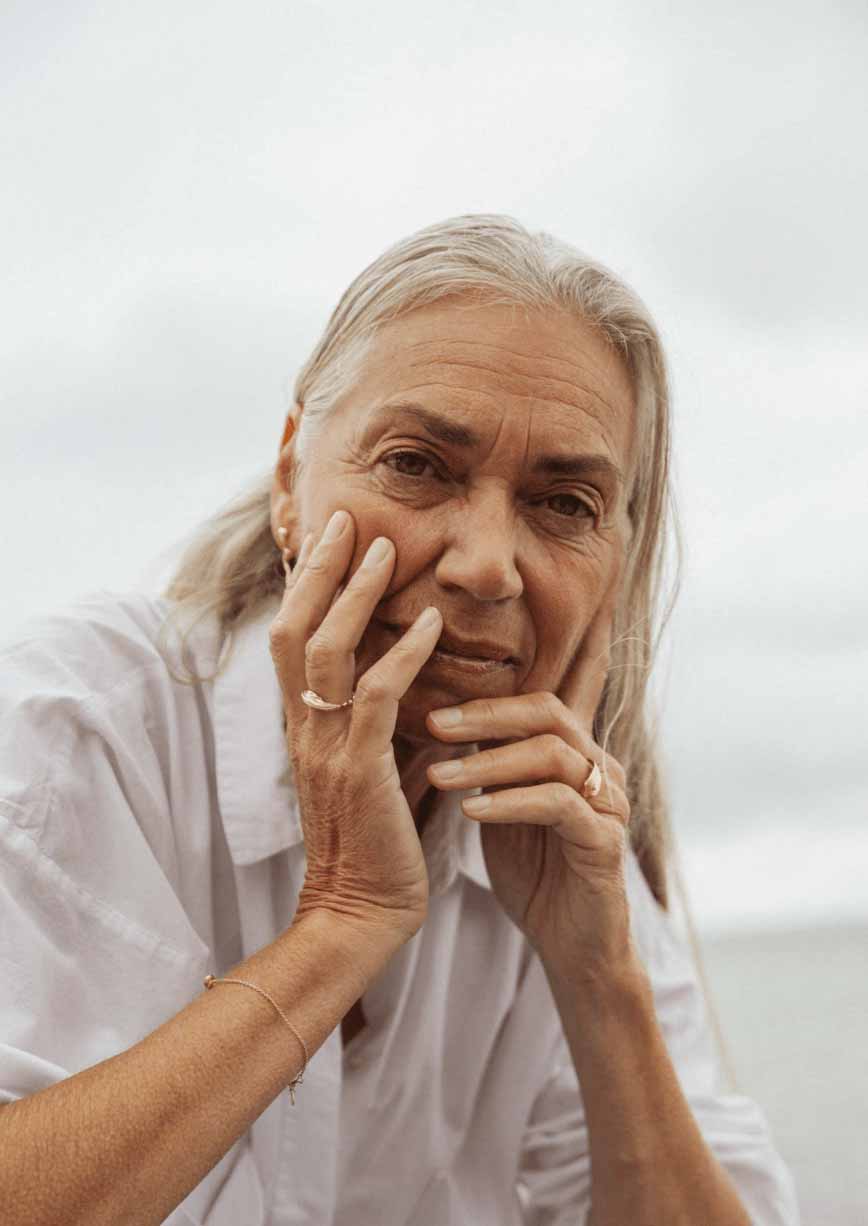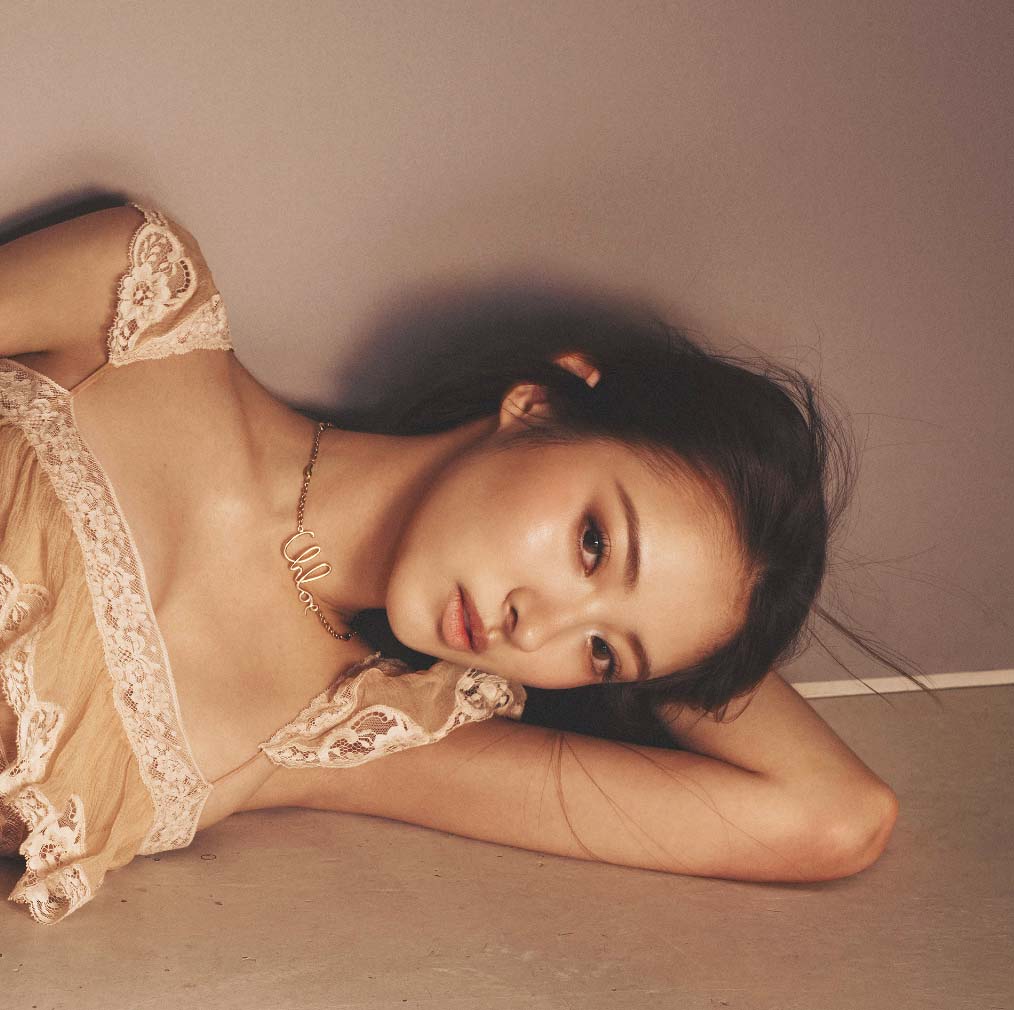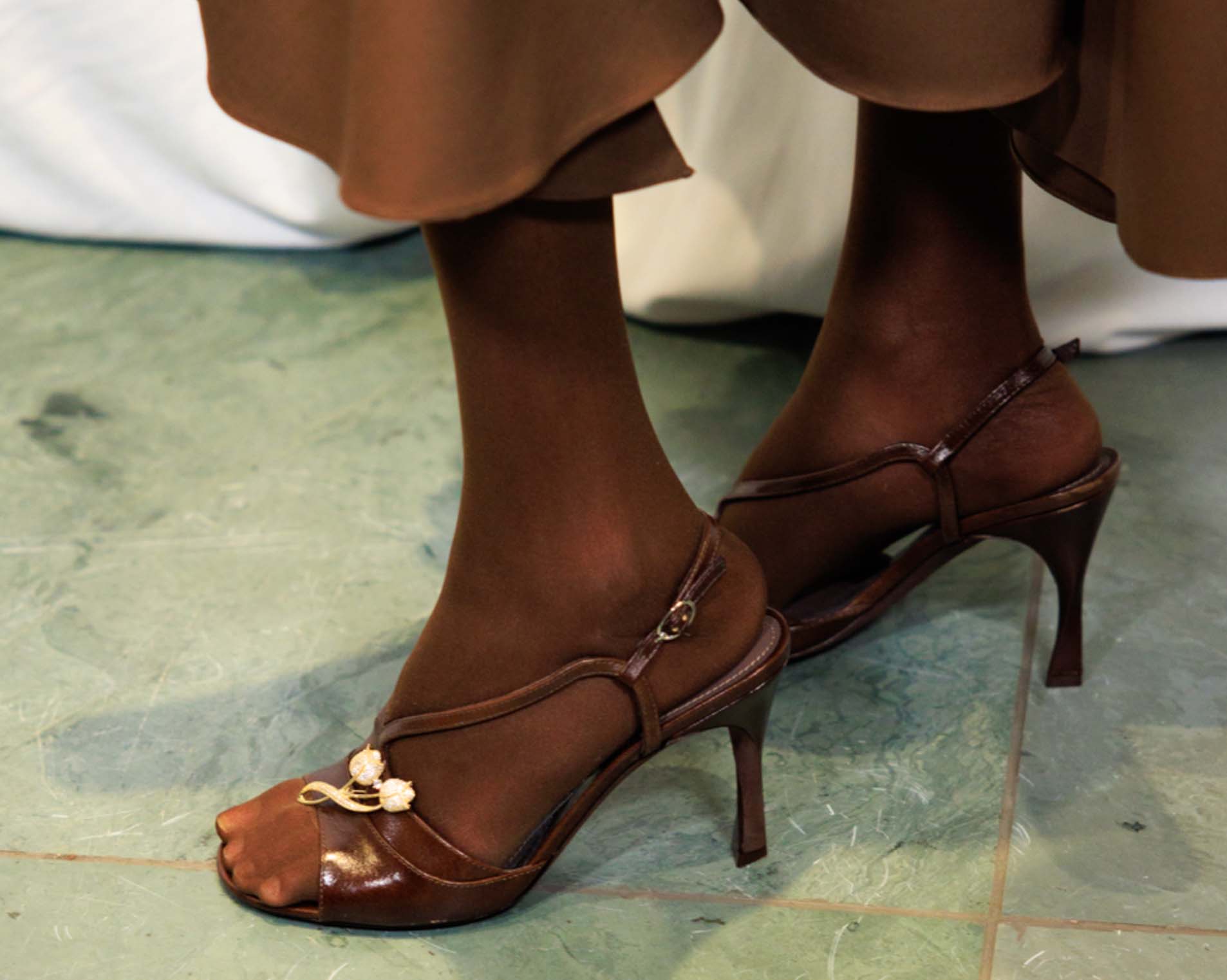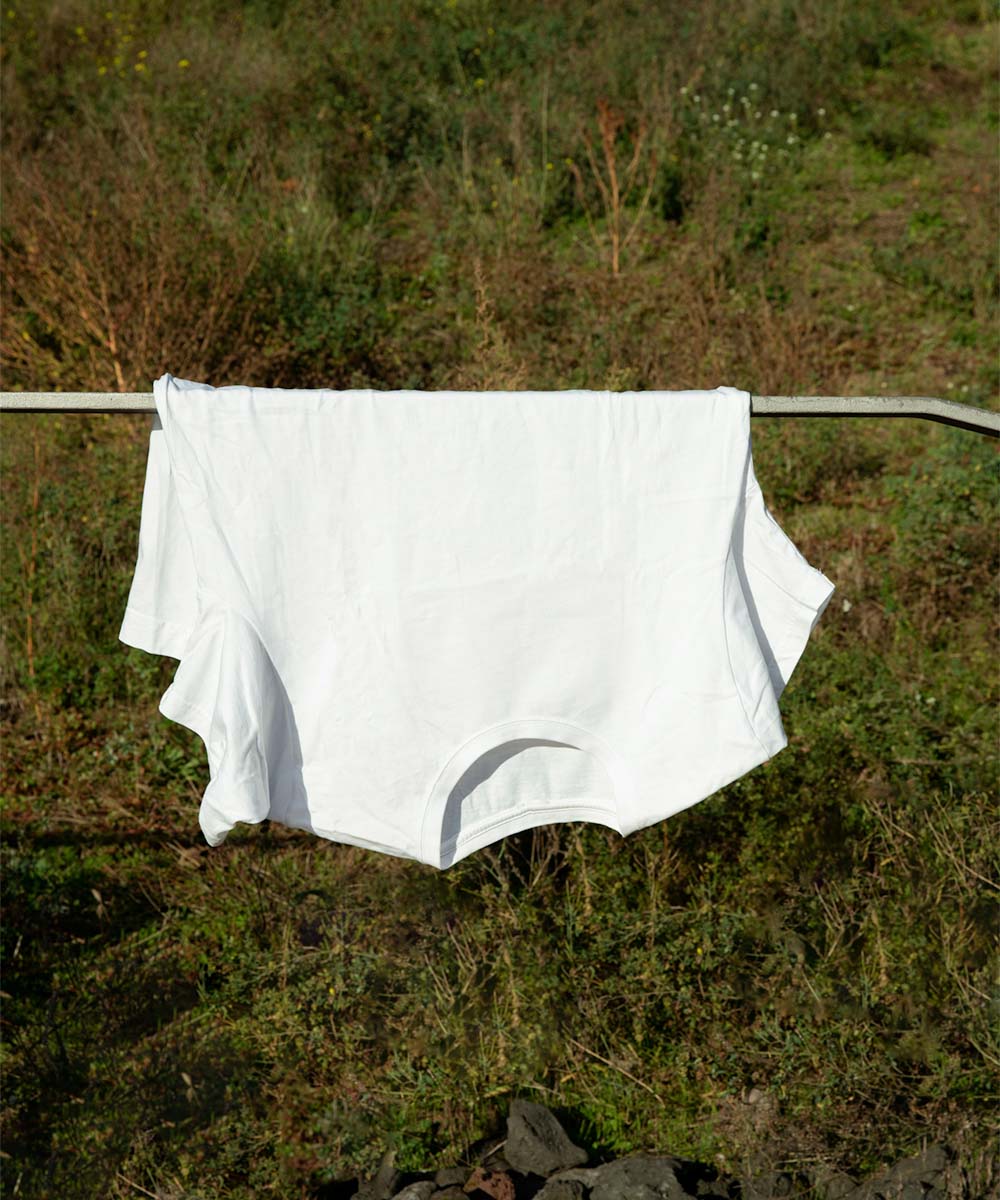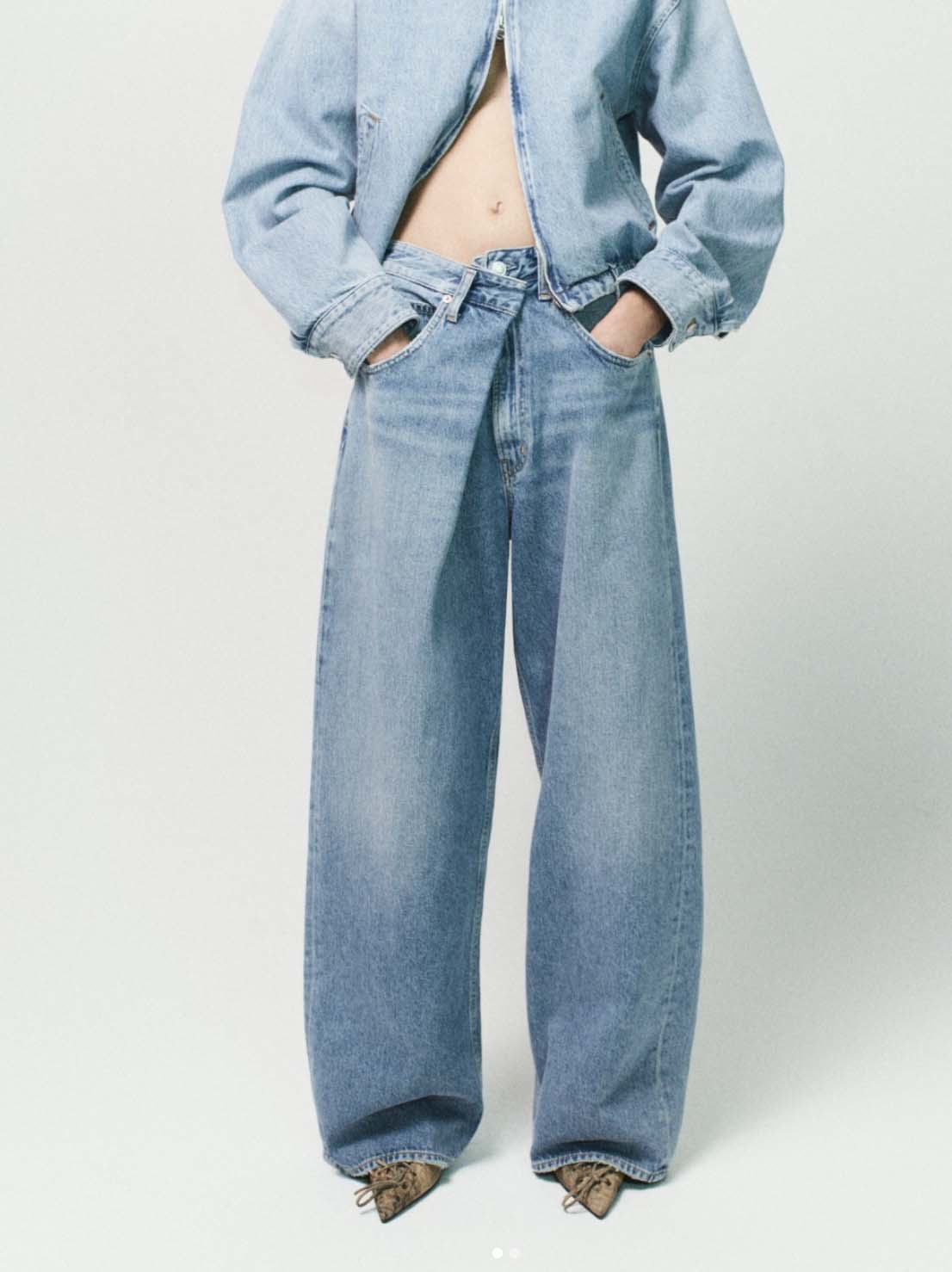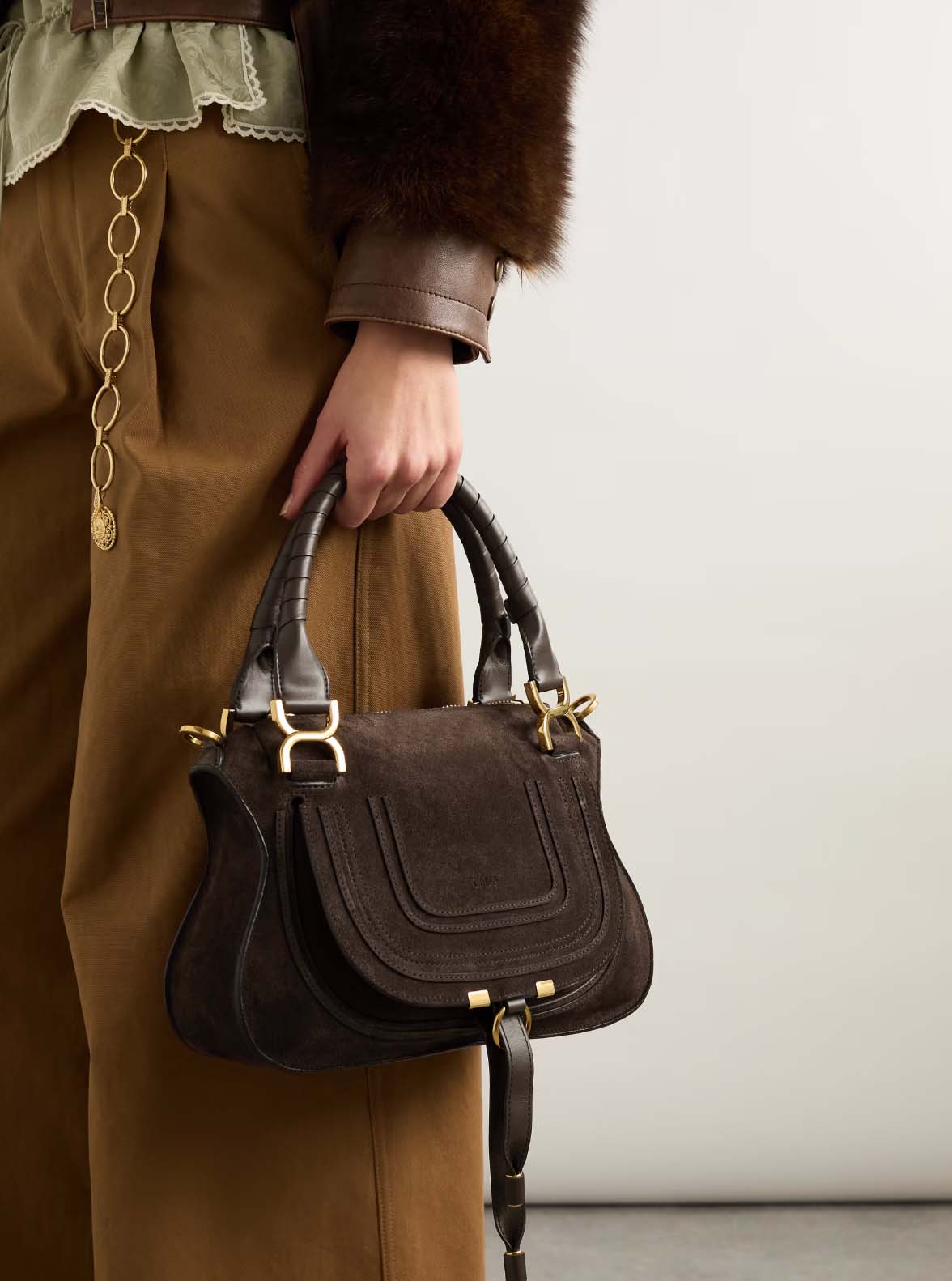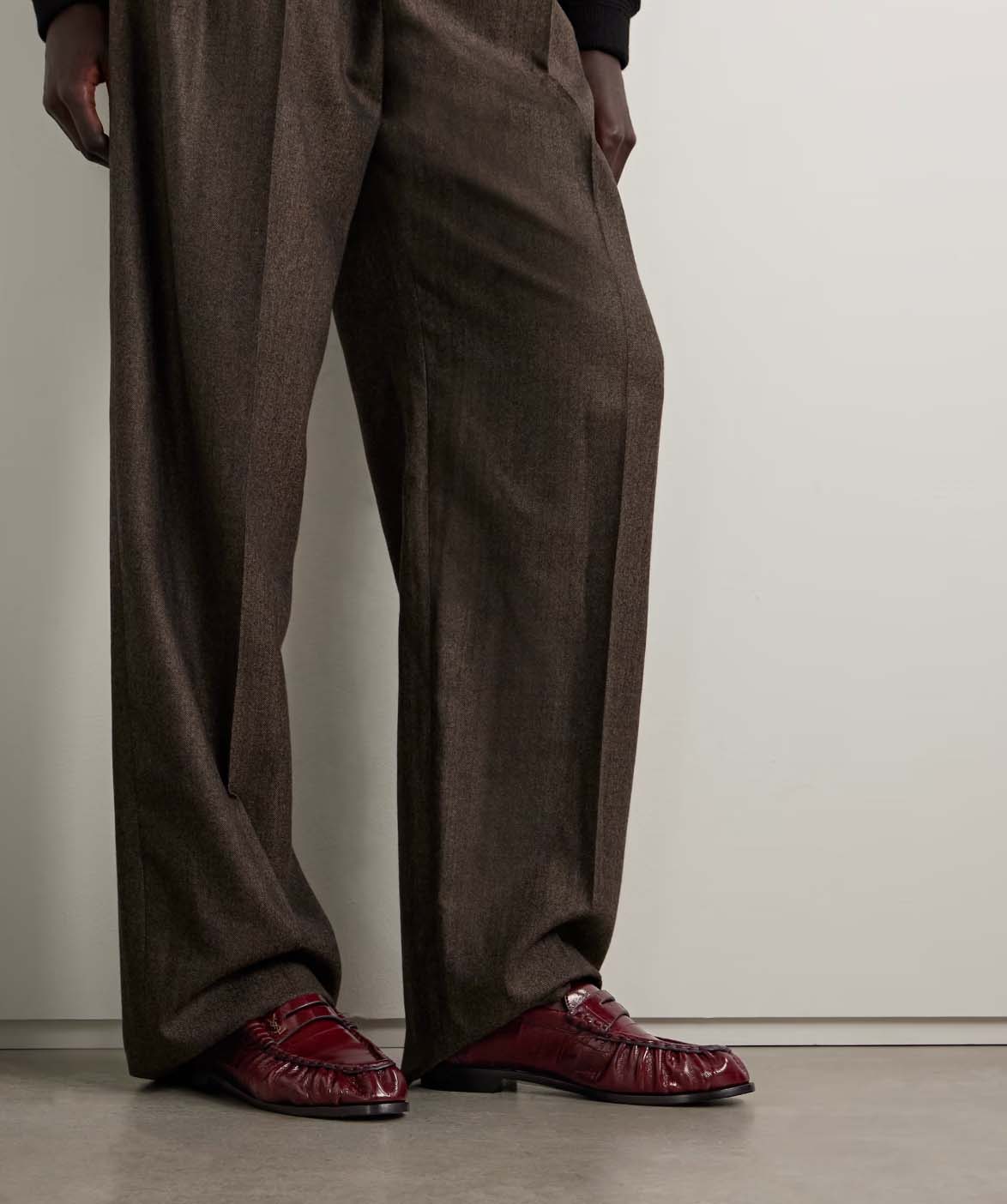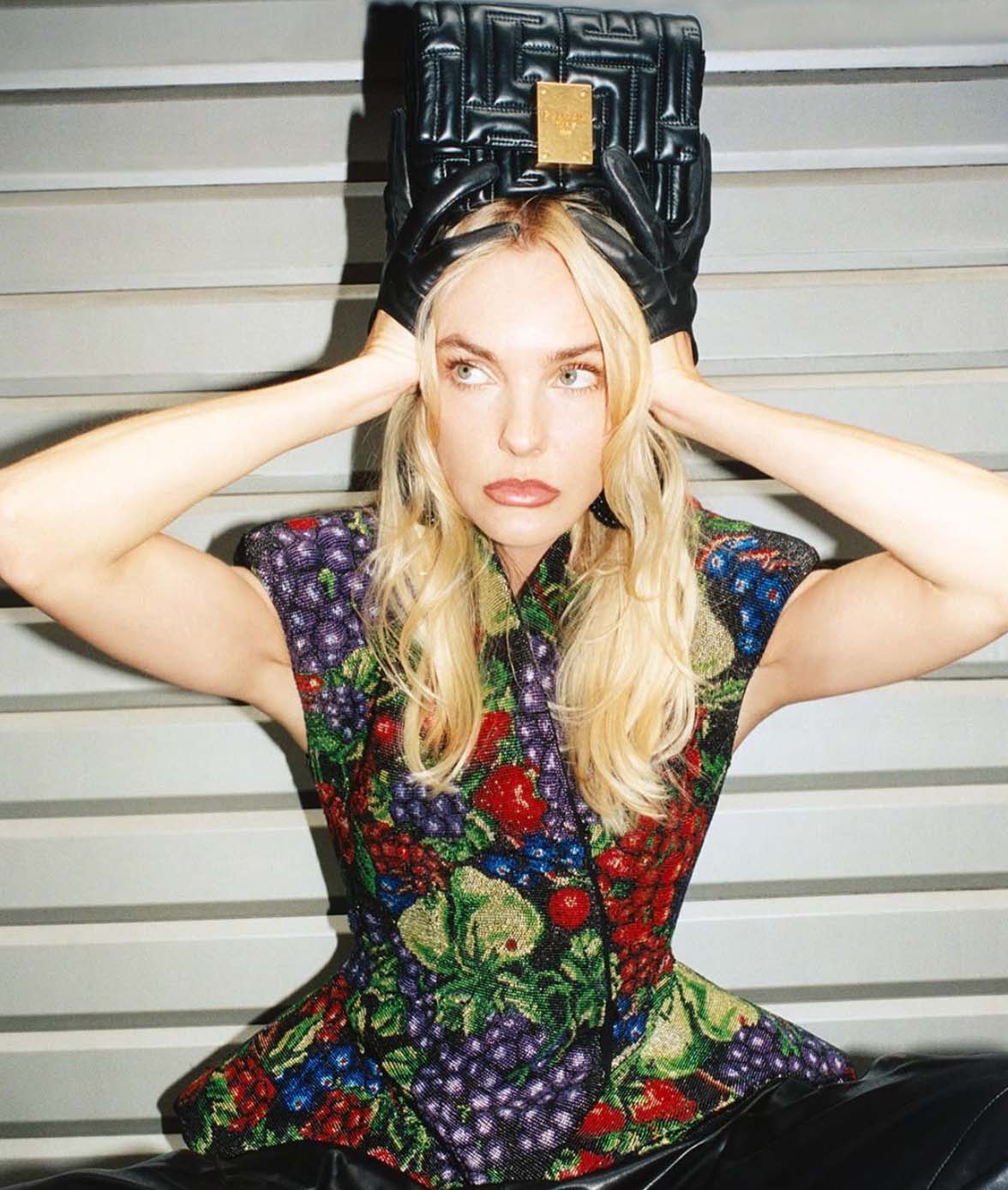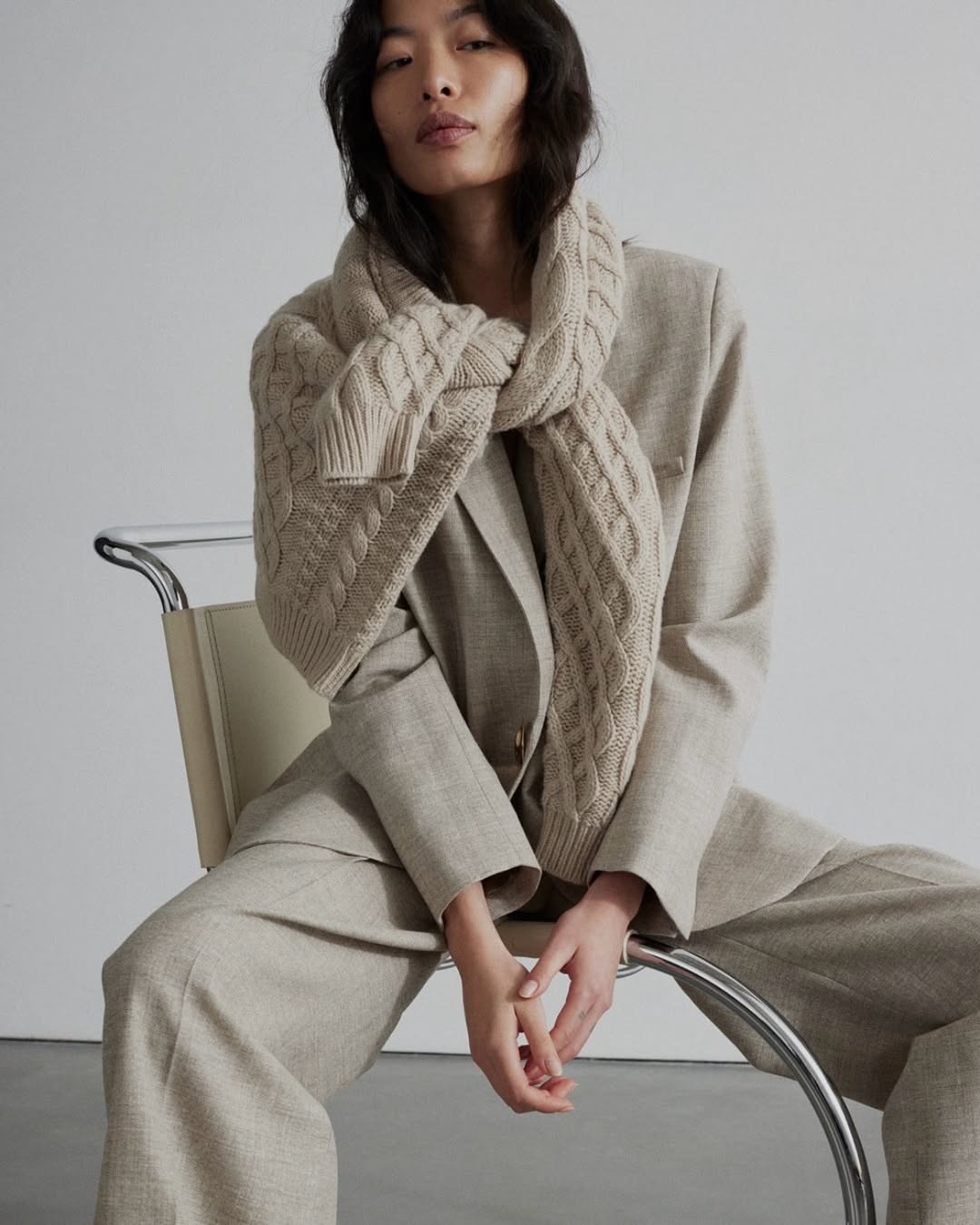
The Psychology of Fashion: Why Second-Hand Style Feels So Good
Chartered psychologist, fashion business consultant, and author of The Psychology of Fashion, Prof Carolyn Mair PhD, shares the science behind that second-hand serotonin.
As the pioneer of the Psychology of Fashion, people often ask me where I shop. The answer surprises them: second-hand, preloved, online resale platforms, and especially charity shops. What might look like a random jumble to some feels, to me, like a curated treasure hunt. My love of preloved isn’t only prompted by sustainability or ethics — although, of course, those matter. For me, buying second-hand fashion is personal. It provides a dopamine-rich experience like no other.
In psychology, we know that shopping can activate the brain’s reward system. That rush you feel when you find something you love is triggered by the release of dopamine, the neurotransmitter that fuels many brain processes, not least pleasure and motivation. But with fast fashion, that hit can be painfully short-lived, especially when you scroll, click and buy in seconds. The buzz doesn’t linger because the thrill comes from the hunt. Once the item is in your hands, dopamine subsides, and before long you crave the rush all over again.
Second-hand shopping, on the other hand, is soaked in anticipation. You never know what you’ll find. Browsing for that special piece taps into our innate curiosity and need for novelty — both major drivers of dopamine. And unlike fast fashion, this experience doesn’t end with the purchase. When I unearth a beautiful piece in a charity shop, I’m not just acquiring a garment; I’m connecting with an existing story and choosing to carry it forward. There’s something incredibly grounding in choosing clothes that already exist in the world. In a society constantly telling us we need new things to be relevant, second-hand fashion becomes a stylish, sustainable solution to throwaway culture.
The Psychology of Fashion is about understanding how our clothing choices affect how we feel, think and behave. Clothes are not superficial; they are sensory, emotional and symbolic. When we dress consciously, we feel the difference. That’s why second-hand fashion resonates so powerfully with me — and increasingly with many others. Browsing invites us to slow down, to be intentional. Rather than dressing to impress, second-hand shopping empowers us to dress to express.
I’ve always loved second-hand fashion, even when the shops were small and smelly! I used to adore jumble sales too, though they’re harder to find these days. It gives me the biggest thrill when I discover something beautiful in a charity shop. I don’t just love the piece for its aesthetics; I love that I always remember the pleasure of finding it on the rails. That’s the power of clothes. When we choose garments that carry emotional resonance, we step into versions of ourselves we may not have otherwise met. There’s science to support this too: what we wear can influence our mood, performance, even decision-making. And when we love what we wear, it gives it meaning. When we feel good in our clothes, we hold ourselves differently, we engage more authentically, and we strengthen our sense of self. Our clothes become tools for self-regulation and self-expression. Of course, there’s joy in the ethics as well. Knowing that I’m reducing waste, avoiding exploitative supply chains and supporting charities creates a deep alignment between my values and my behaviour. That congruence is powerful, as it quiets inner conflict and enhances wellbeing.
Second-hand fashion is about choosing to feel good as well as look good in what you wear. In a world obsessed with fast and new, I’ll keep choosing the worn, the loved, the different — because fashion, at its best, is about authenticity, intention, and wearing what makes you the best version of yourself.
No items found.

.webp)

